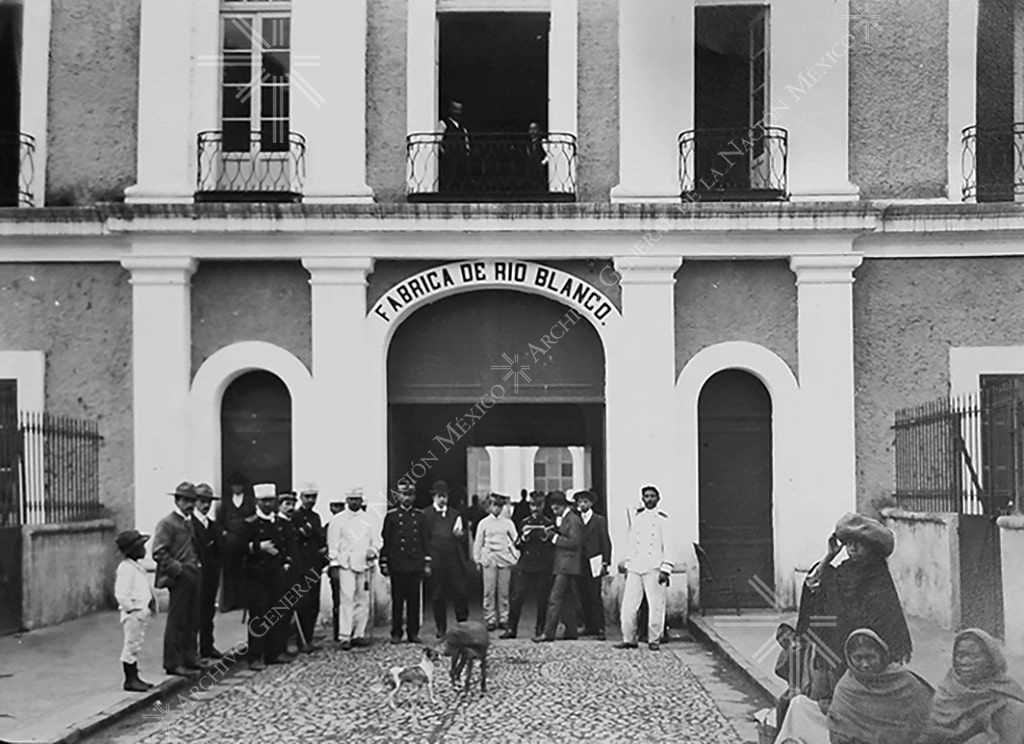How the Rio Blanco Strike Ignited the Mexican Revolution
Mexico's booming 19th-century textile industry, built on foreign investments and brutal exploitation, ignited in 1907 with the Rio Blanco strike. Workers, yearning for justice and fair wages, faced Porfirio Díaz's regime head-on.

By the end of the 19th century, the textile industry in Mexico had undergone remarkable economic and technological growth in the region of Veracruz and Puebla. This was the result of the neocolonial Porfirian policies that favored capitalist development, particularly foreign interests, and capital. Such companies benefited from the exploitation of the Mexican people's labor force and the alienation of the nation's wealth in various areas: land concentration, mining, railroads, and, of course, the textile industry.
This allowed the consolidation of two textile industry emporiums formed with French capital: Compañía Industrial de Orizaba, Sociedad Anónima (CIDOSA) and Compañía Industrial Veracruzana, Sociedad Anónima (CIVSA). In 1889, CIDOSA expanded into the area of Río Blanco, Veracruz, where it took advantage of the socio-economic conditions of the indigenous population of Tenango to purchase some desert land near the riverbed, thus appropriating the community's water to carry out the bleaching process of its fabrics. The new Río Blanco textile factory was inaugurated by the President of the Republic himself, Porfirio Díaz.




